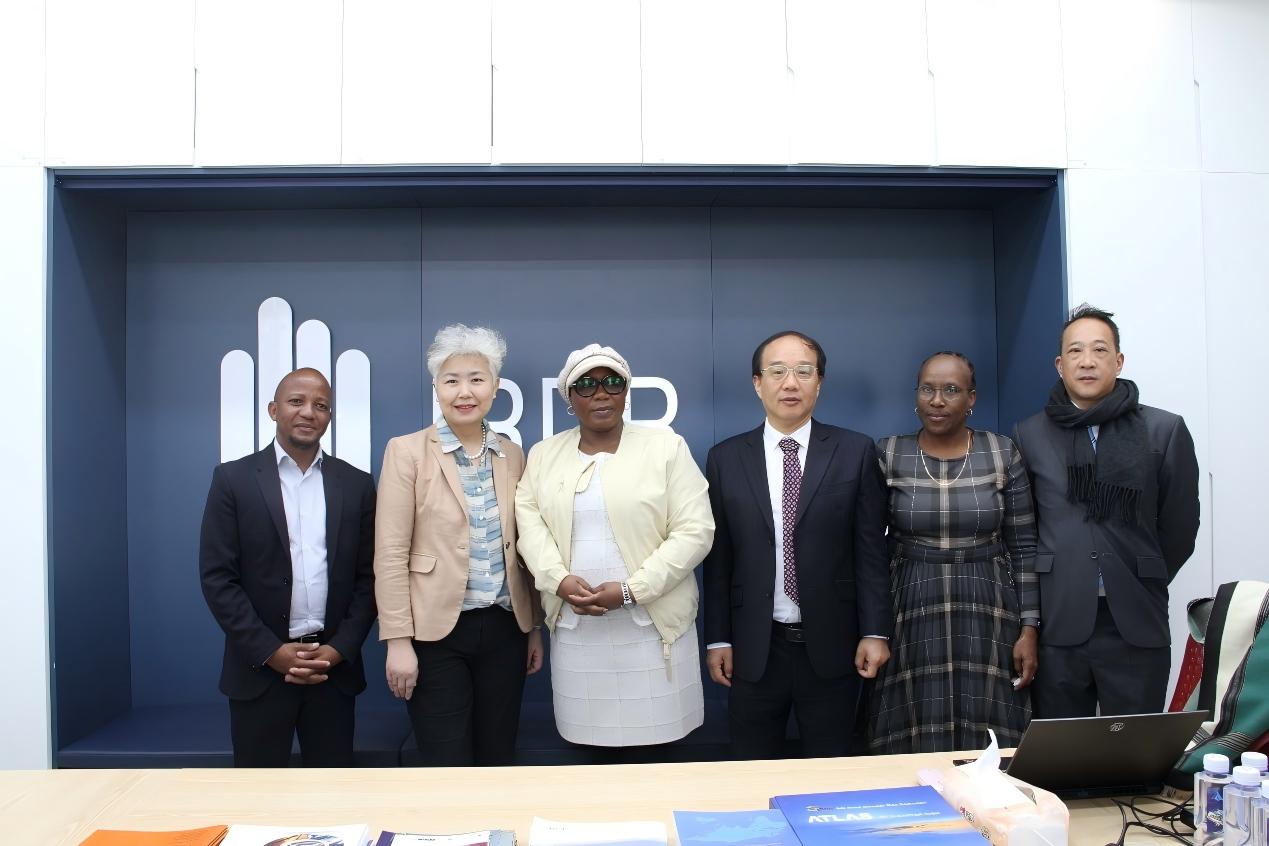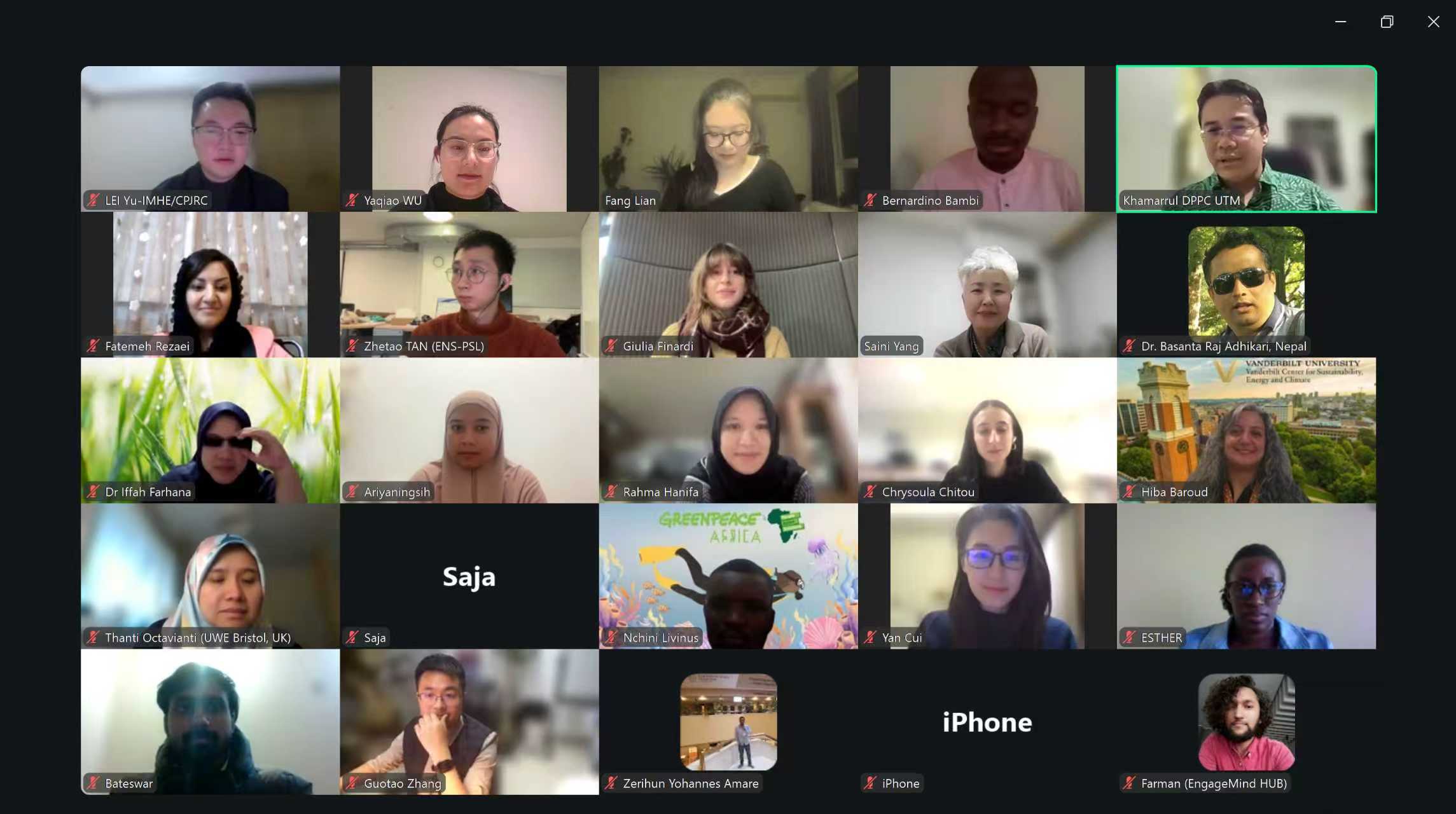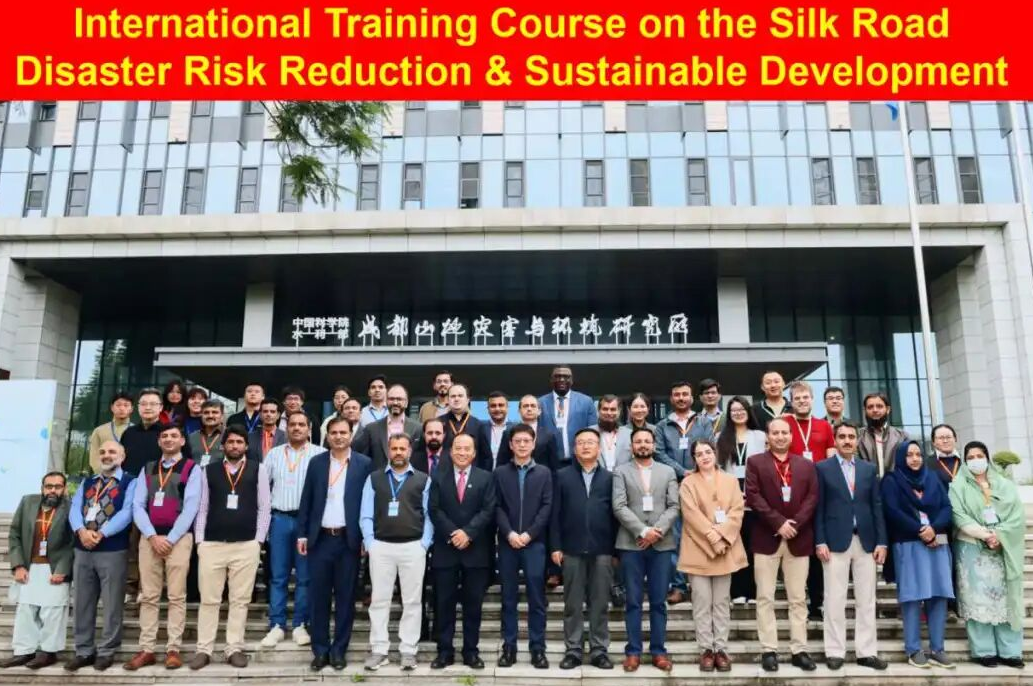IRDR SC member Susan L. Cutter, together with colleagues from the University of South Carolina, Columbia/SC, USA, has published new research on “Exposure, Social Vulnerability and Recovery Disparities in New Jersey after Hurricane Sandy”. The Hazards and Vulnerability Research Institute (HVRI), Department of Geography, College of Arts and Sciences, University of South Carolina, Columbia, South Carolina, USA has recently been recognized as an IRDR International Centre of Excellence on Vulnerability and Resilience Metrics.
Cutter et al. write about Hurricane Sandy’s consequences for the New York metropolitan area and the observed wide variability in recovery efforts across the region, especially in New Jersey. “This paper examines the progression of recovery at two time intervals — 6 months and 1 year after the storm made landfall. Based on in situ observations of reconstruction and repair within the surge damage zone along New Jersey’s coast (N = 765 locations or points), we hypothesize that the timing and distribution of recovery is based on exposure (water depth, prior flood experience, building heights), vulnerability (social vulnerability, seasonal occupancy), and government support (FEMA assistance, Small Business Administration loans). Predictions of recovery (recovered, not recovered) based on these input measures is quite good at 6 months (80 percent correctly predicted) with slight improvements at 1 year (82 percent correctly predicted). The model is much better at predicting recovered points than recovering. In terms of the individual factors predicting recovery the level of exposure is the most significant, statewide. Within the two most affect counties — Monmouth and Ocean — only water depth and building height were significant predictors. Housing tenure (seasonal occupancy) was an important predictor of the location and timing of recovery for the first 6 months, especially in Monmouth County, but became insignificant thereafter. Government support in the form of FEMA individual assistance grants was a significant predictor statewide in both time periods. Clearly other factors are influencing the pace and location of recovery including confusion surrounding flood hazard zones and insurance. Those factors influencing the lack of recovery for the roughly 20 percent of our observations awaits further, more detailed analyses.”
See: Exposure, Social Vulnerability and Recovery Disparities in New Jersey after Hurricane Sandy






